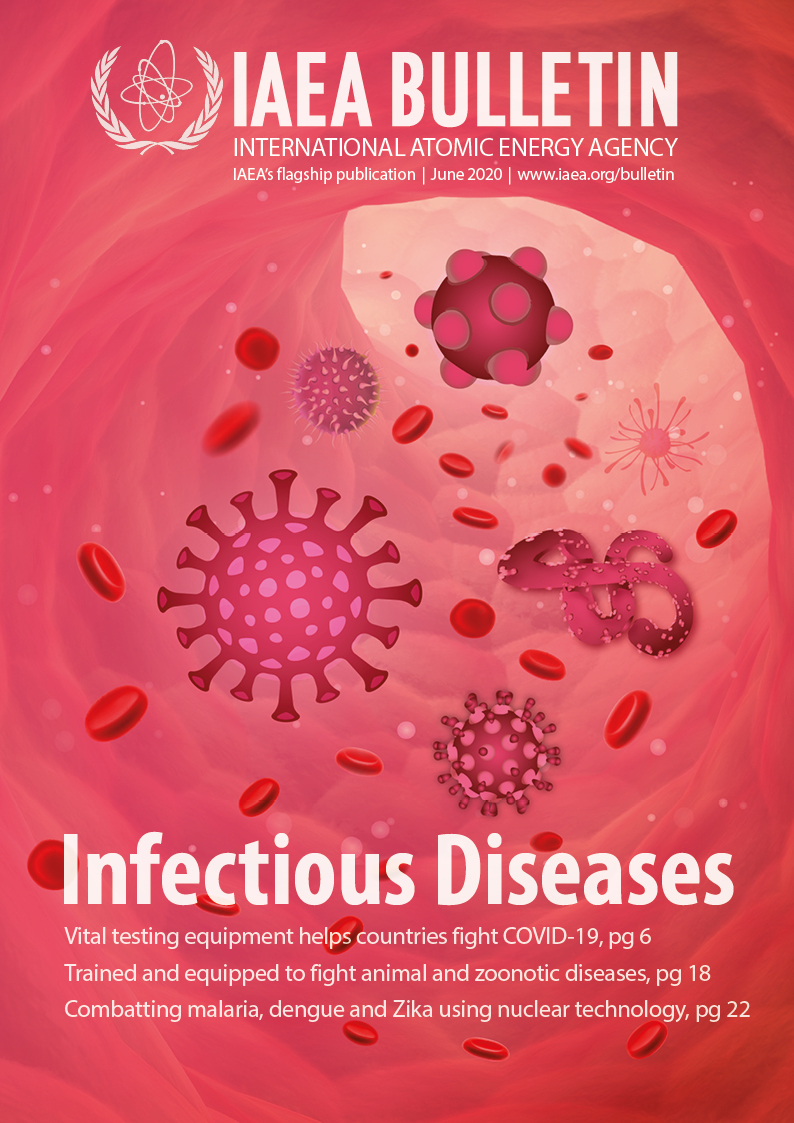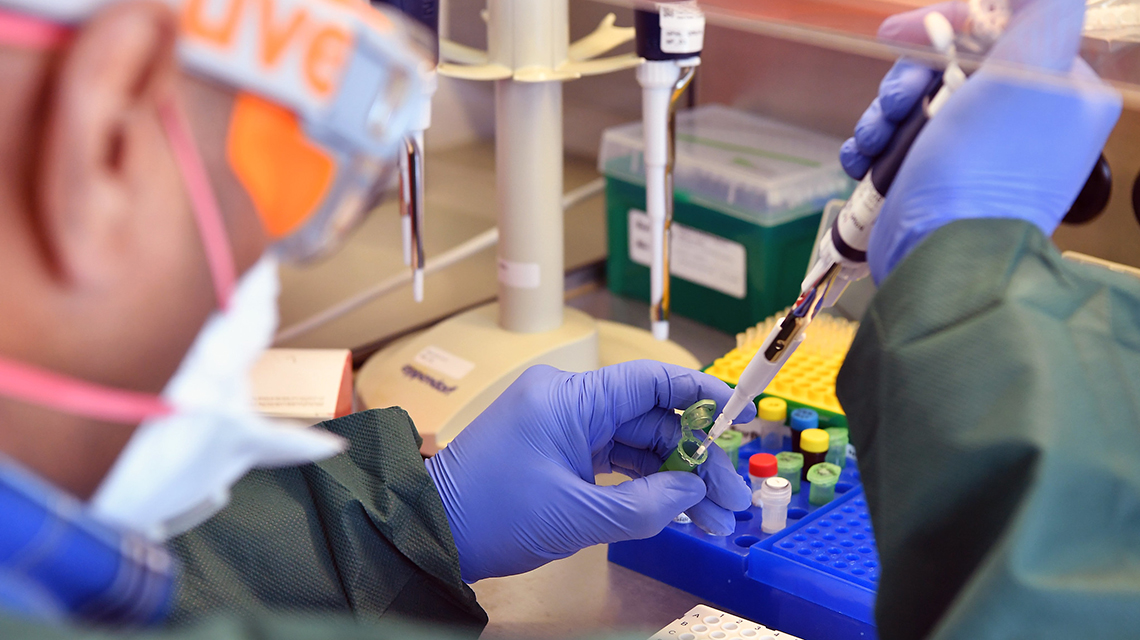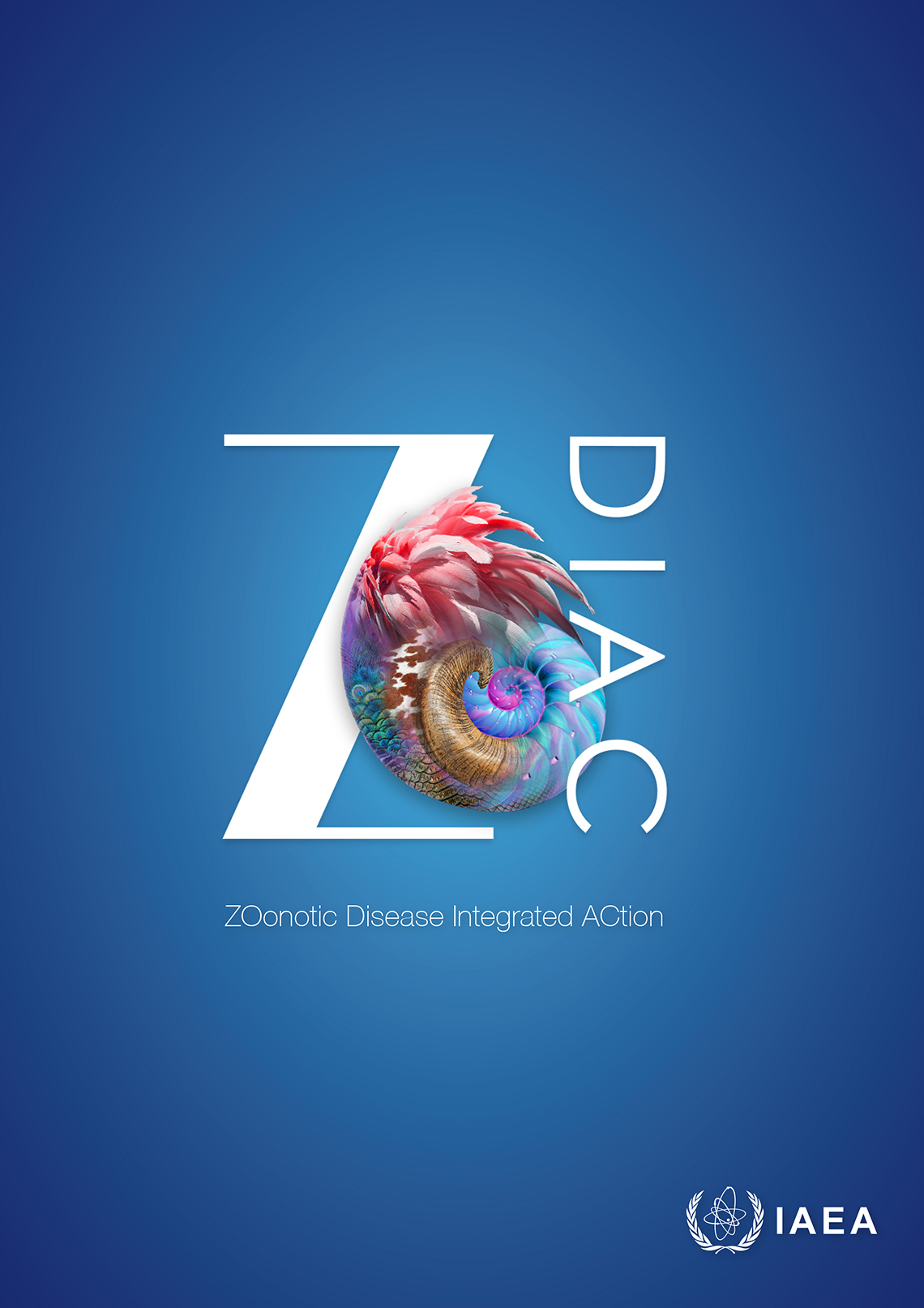Infectious diseases are health conditions caused by pathogens — bacteria, viruses, or other microorganisms, such as parasites or fungi. After invading the body, pathogens multiply and disrupt how the body works.
The types and severity of disease symptoms depend on the pathogens and host, namely a person or animal. In the case of COVID-19, for example, some people show no signs or symptoms or only have mild ones, such as fatigue and body aches, but others have severe and debilitating symptoms that, in some cases, can lead to death.
Infectious diseases are caused by pathogens that can spread from person to person, animal to animal or from an animal to a person. Such diseases can also be spread by vectors — living organisms, such as insects, that carry and spread pathogens.
More than 60% of the infectious diseases now affecting humans originated in animals. Scientists have found that over 75% of new animal diseases are zoonotic — diseases and infections that go from animals to people. Every year around 2.6 billion people suffer from zoonotic illnesses, and almost 3 million die from these diseases. Some of the most widely known zoonotic illnesses are Ebola, severe acute respiratory syndrome (SARS) and COVID-19.


